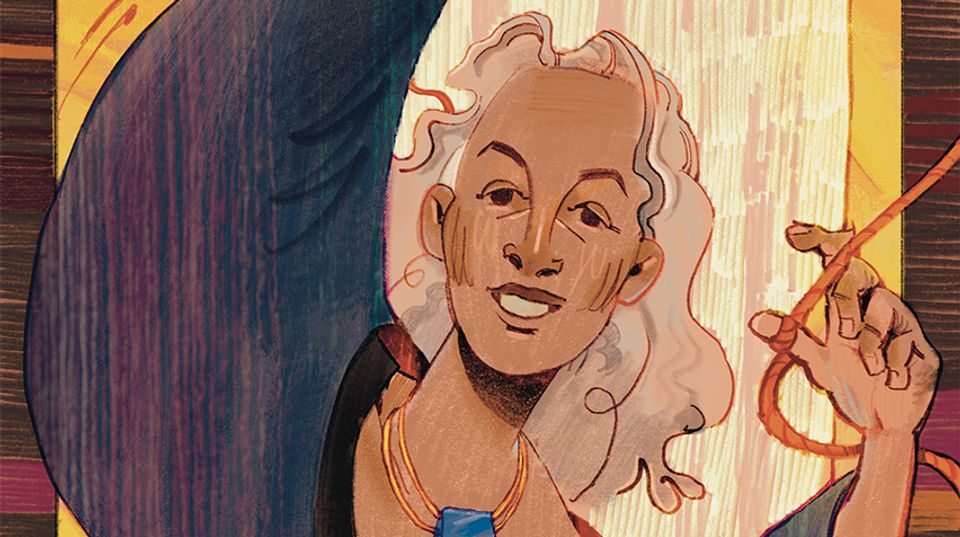

The Civil War was anything but civil, as Harvard president and noted historian Drew Gilpin Faust reminded us the other evening when she spoke at American Art in conjunction with the current exhibition, The Civil War and American Art. Faust, who has been chronicling the Civil War for more than two decades, including her groundbreaking book, This Republic of Suffering, spoke on the topic of, "The True Picture as it Really Was: Seeing the Civil War," when the nation needed to find new languages—visual, written, and spoken—to make sense of the carnage. "How did they grapple with change and with trauma in their representations of the new world that war made?" she asked at the outset.
The death toll and the suffering were unfathomable; Gettysburg alone saw 7,000 casualties. How do you describe the indescribable? Faust showed us how witnesses, soldiers, and family members fell short of speech, what she referred to as "the failure of words in the face of the horror of battles' aftermath." Oliver Wendell Holmes, Jr. called the experience of war, "incommunicable." "The war's untellibility" Faust said, "was a product of its "unintelligibility."
Rather than words, images became the "memes" of the day—a way of translating cultural information. These memes included the image of a battlefield littered with corpses, and an equally troubling image of stacks of amputated limbs.
Could artistic representations fare any better? How did the artists respond to war? Heroic genre painting couldn't get at the horror or create an argument for a just, modern war, but photography could illustrate the meme, and perhaps represent "the true picture as it really was."
Missed Faust's talk or want to take another look? Watch our webcast.

















